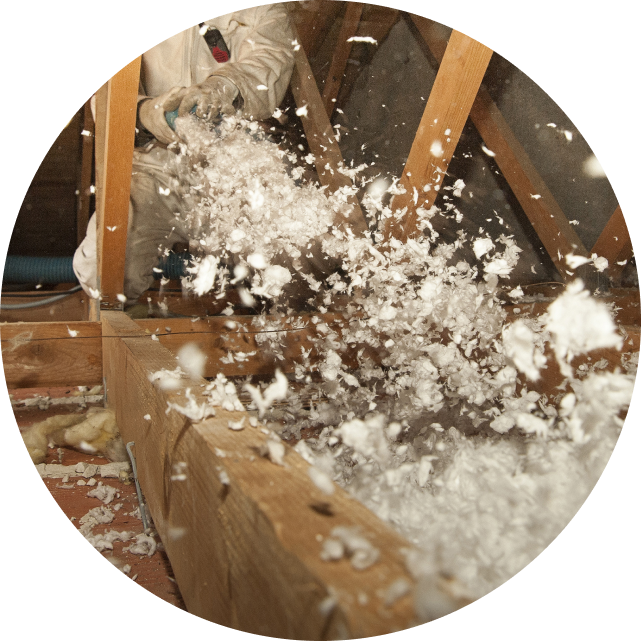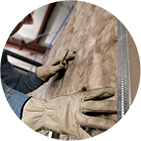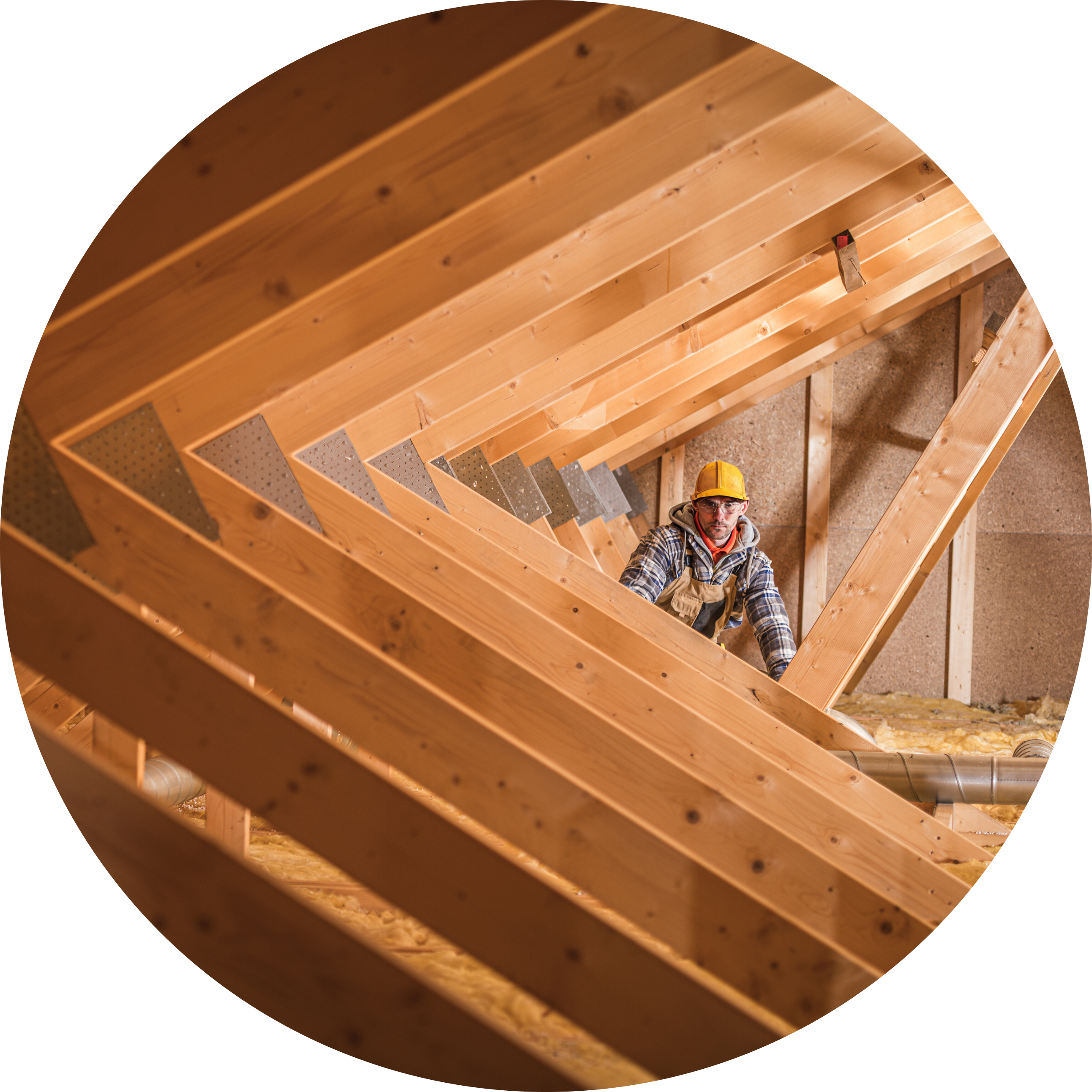When new homes are built in Tacoma, they’re outfitted with the minimum insulation required by local building codes. The same went for homes built years ago, but since energy was cheaper back then, insulation wasn’t as important. This means the older you home is, the less insulation it’s likely to have.
Cellulose and fiberglass are two of the most popular types of insulation used today. In the battle of cellulose vs. fiberglass, which one will you choose for your new construction or retrofit project? See how they compare to help you decide.
Defining Cellulose vs. Fiberglass
Cellulose and fiberglass insulation have a couple similarities. Inch for inch, they are the two most affordable types of insulation, and they deliver comparable R-values for the amount of space they take up. Both materials are also very effective at helping provide soundproofing. However, there are some differences between the two!
Difference Between Fiberglass and Cellulose Insulation
Here’s a further look at the qualities of cellulose and fiberglass to help you decide between the two.
- Settling: Fiberglass batts and blankets don’t settle. Loose-fill cellulose does, which can pose a problem with vertical installation inside a wall. However, with the proper comparison of initial thickness and settled thickness as indicated on the packaging, the installer can overcome this drawback of cellulose.
- Recycled content: The current industry average of recycled content in fiberglass is about 30 percent. Cellulose comprises up to 85 percent recycled material. This makes cellulose insulation the more eco-friendly option.
- Water absorption and mold: Fiberglass absorbs very little moisture, helping it retain its insulating qualities and avoid mold growth. Although cellulose tends to absorb more moisture from the air, both materials can help reduce water infiltration and mold growth.
- Material: Blown-in cellulose insulation consists of organic material, mainly ground-up newspapers. Fiberglass, available in both batt and blown-in form, is most often made of tiny glass fibers but can sometimes be made of a synthetic material (plastic fibers, mineral wool, etc.).
At Pacific Partners Insulation South, we offer both cellulose and fiberglass insulation to meet your needs. For help making your final decision or to find out which material is ideal for your project, contact us today!





